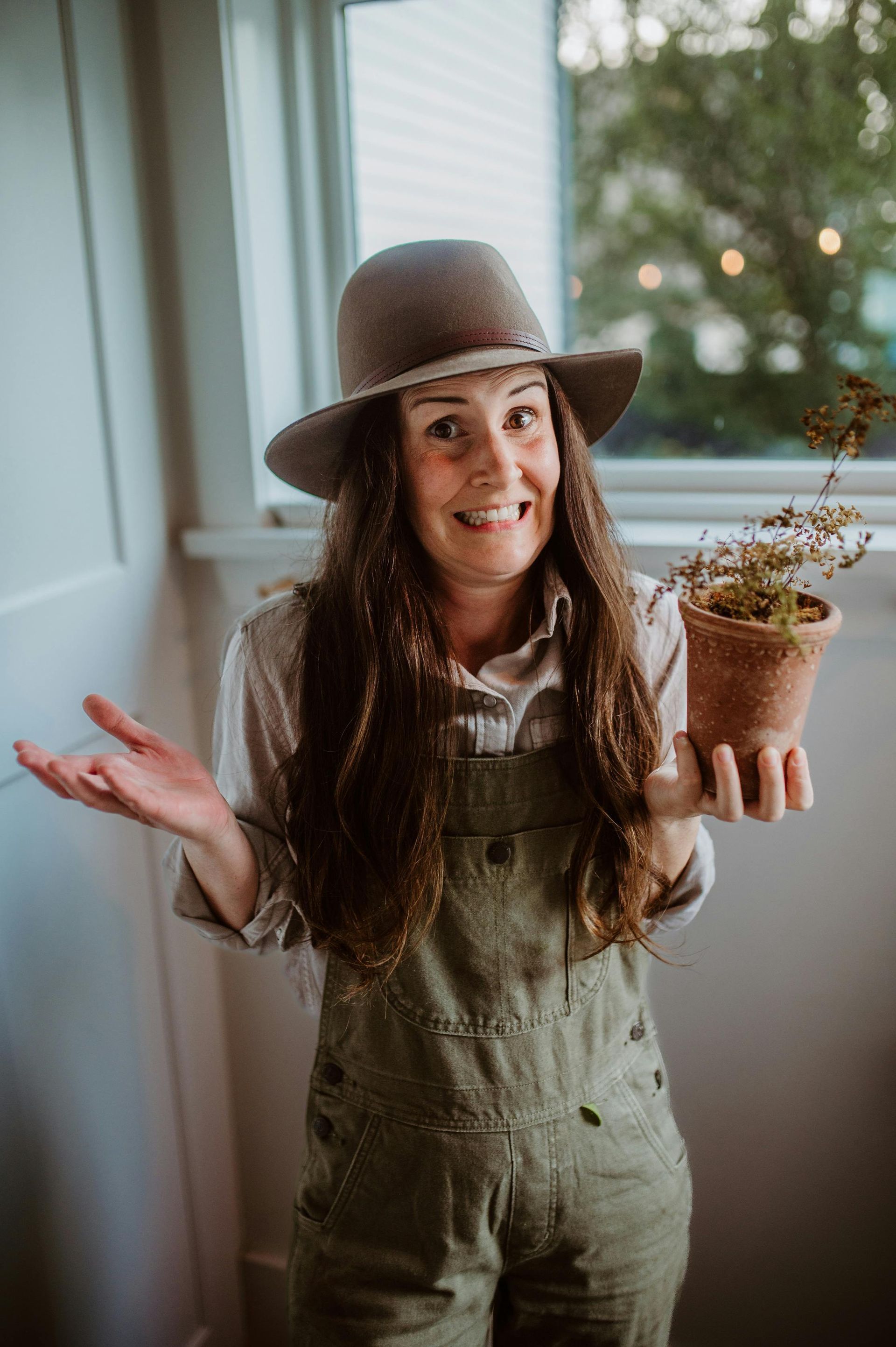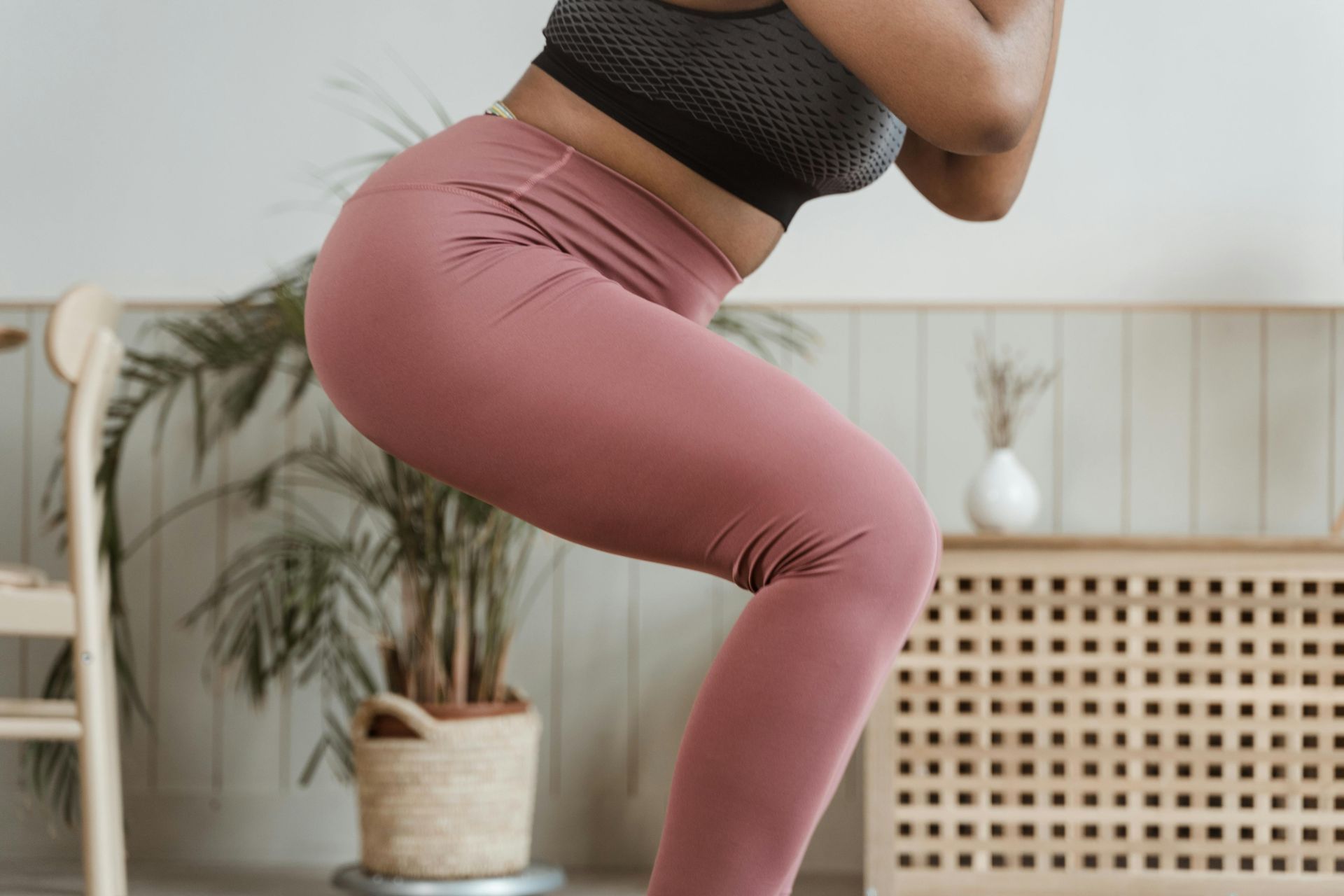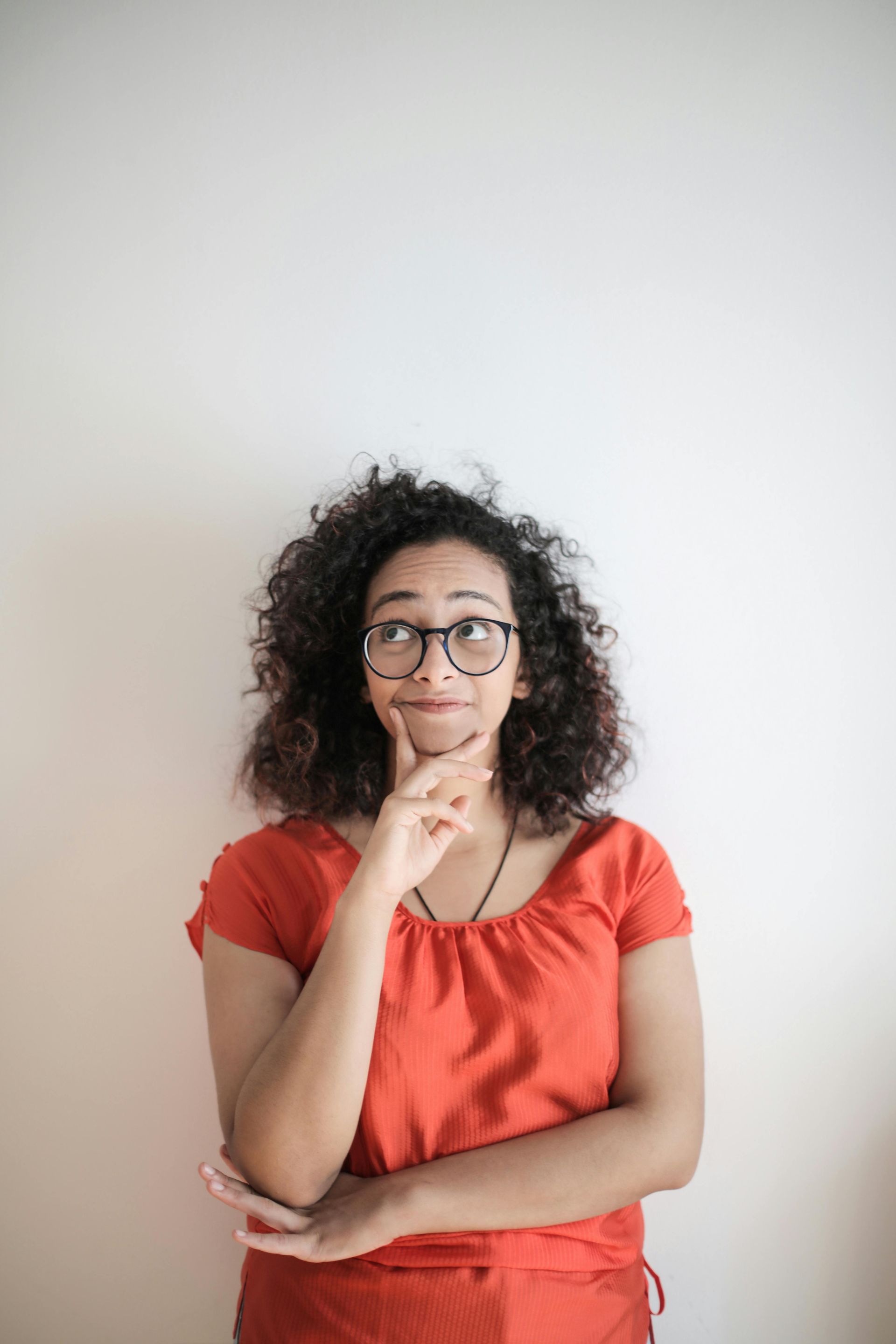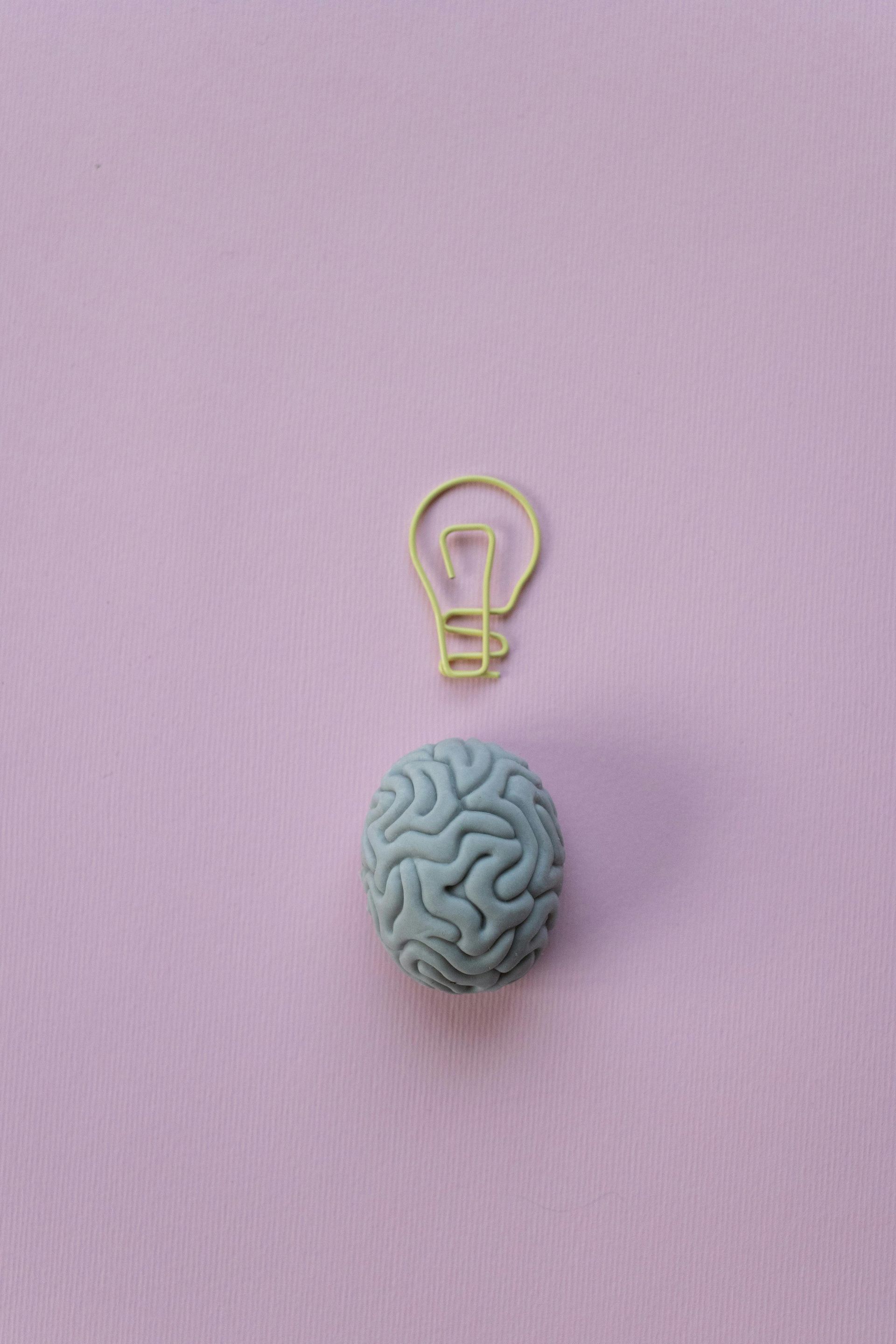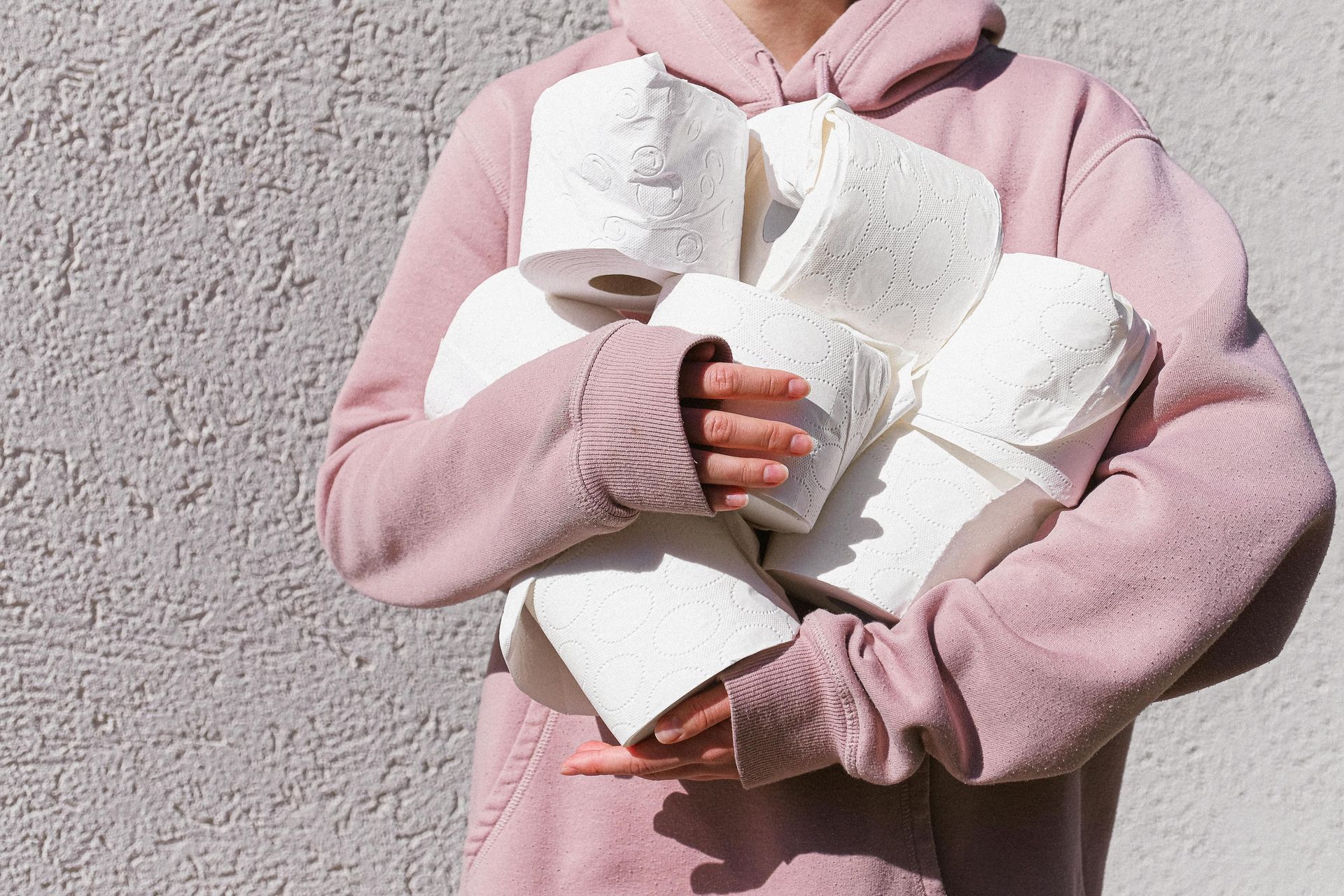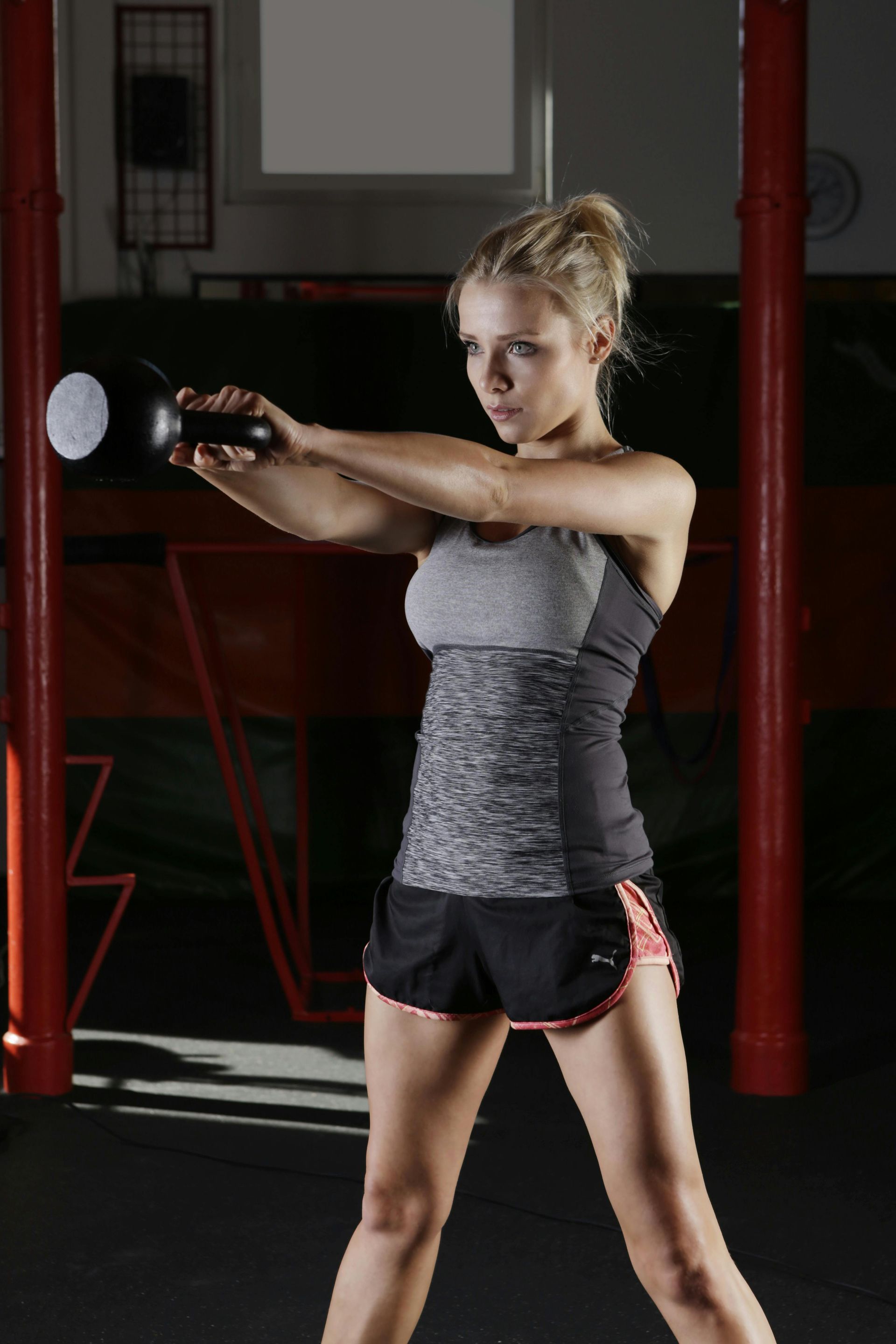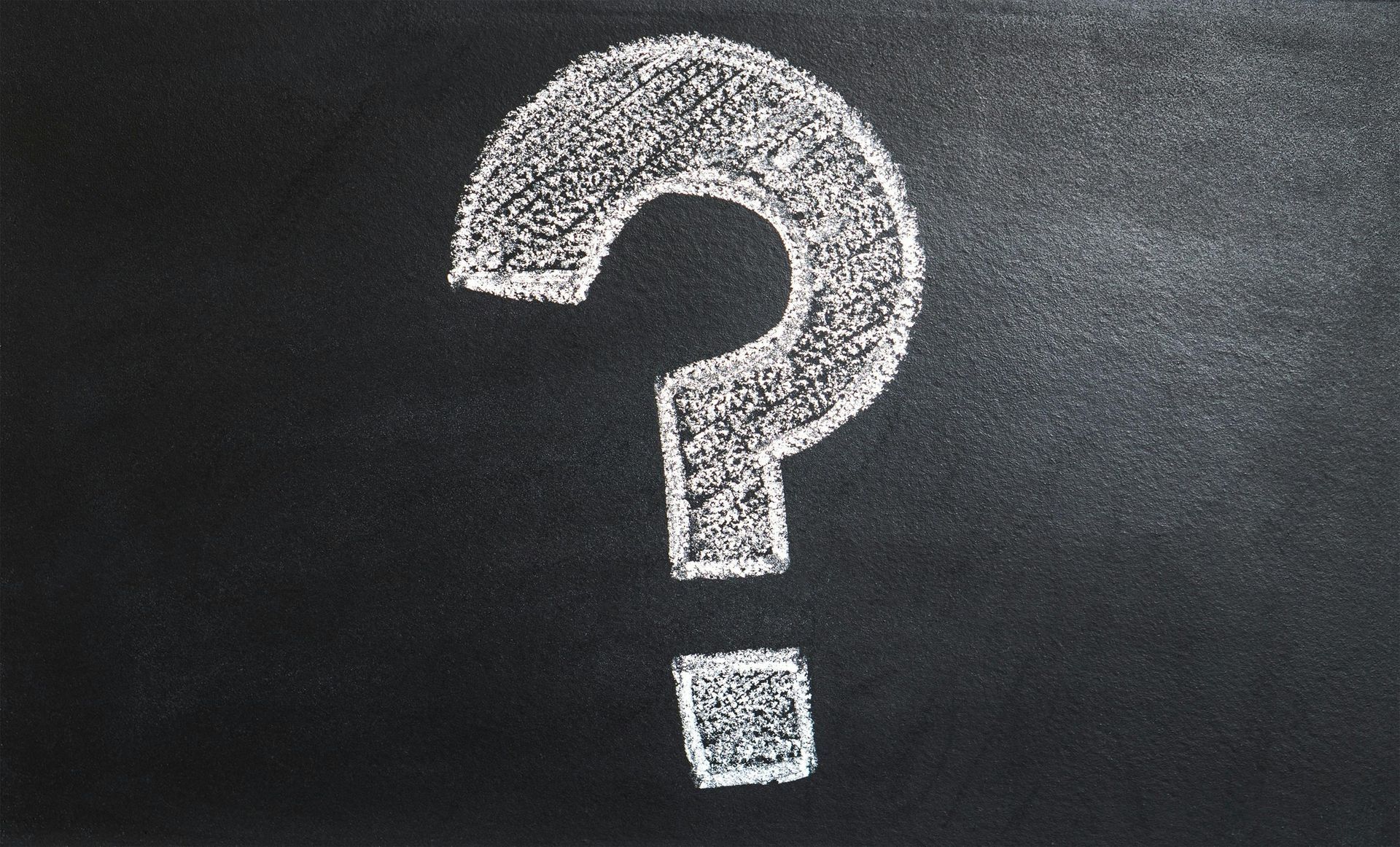The truth - which is better: Mat or Reformer Pilates?
Pilates is having a "moment"!
Recently, you may have noticed an increase in the media coverage around Pilates (or maybe it's just me).
Articles telling you about all the famous faces who do Pilates.
Or Insta posts by some sportsman talking about how he's been absolutely beasted by some small slip of a woman. And now his legs won't stop shaking.
Or maybe, you've noticed a new studio's opened up; and through the window, you can see some bizarre-looking platforms with pulleys and bars and boxes. And you're wondering what on earth's going on in there.
What is Pilates?
Pilates is a system of exercise designed by a man called Joseph Pilates in the mid-20th century, initially as a way to help soldiers convalesce from injury.
He started out by designing a series of exercises to be performed on a mat, and over time, invented a number of pieces of apparatus, including the reformer, that could be used to either support the body in performing the exercises; or to make the exercises harder.
And if you've ever wondered why Pilates has a capital letter and yoga doesn't - it's because it refers to Joe. He actually called it "Contrology" when he first created it.
Whether using the apparatus or doing mat-based exercises, all Pilates exercises follow the same 6 principles:
- Breath: using the breath to facilitate movements and make them more effective.
- Control: conscious deliberate movement to ensure you're targeting the correct muscles
- Precision: executing the exercise correctly to ensure you're achieving the goals of that exercise
- Concentration: focusing your mind on the exercises and their execution to develop greater awareness of your body
- Centring: activating your "powerhouse" (lower back, abs, glutes and hips) to provide a stable base for movement
- Flow: striving for a continuous flow of movement to develop coordination
What's a Pilates reformer?
A reformer is a sliding bed-like platform with adjustable straps, pulleys, springs and a foot bar.
If you've ever done mat Pilates, you'll probably find that many of the exercises performed on a reformer are very similar; though you'll also find a number of unfamiliar exercises.
In general, reformer classes tend to be done in very small groups of no more than 5-6 people, led by a teacher who is walking round the room.
This is because it's a big piece of equipment and the teacher will want to ensure that everyone's doing the class safely.
In general, the teacher will verbally cue the exercises, manually adjusting the students to ensure they're in the correct position, rather than demonstrating exercises.
It's worth noting that the reformer's just one of the pieces of apparatus that Joe invented. Other pieces include the ladder barrel, the chair, and the cadillac.
However, reformers are the most commonly seen in the studios that are popping up around the place.
In the picture below, the machines at the front are reformers, while those at the back looking like a frame for a four poster bed, are cadillacs.
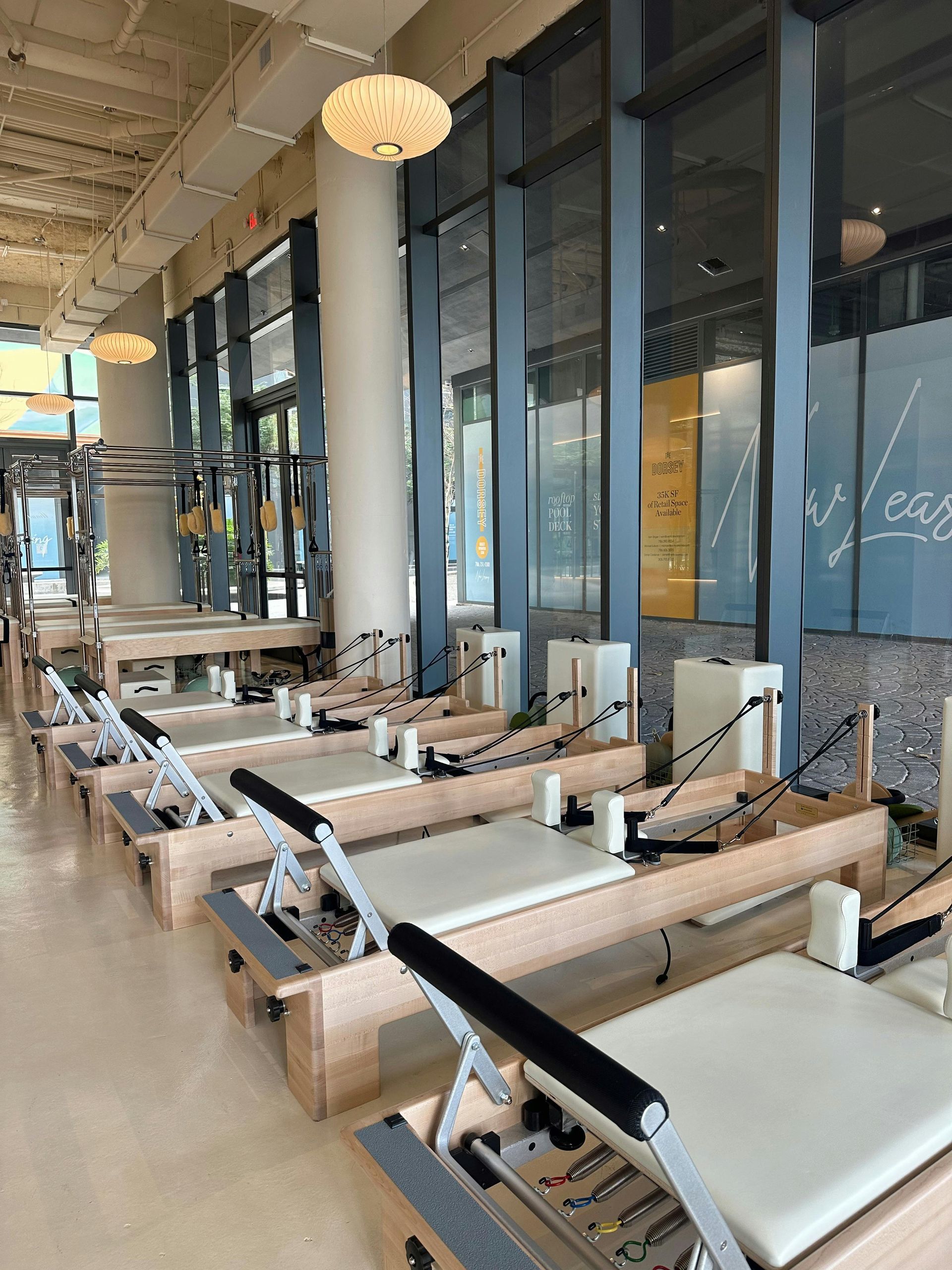
Is reformer Pilates harder than mat Pilates?
Sometimes. It depends on the exercise.
And sometimes, the same exercise can have slightly different aims when performed on the reformer versus on the mat.
In general, when performing Pilates on the mat, you're only using your own body weight; whereas on the reformer, you've got options with resistance and assistance via the springs.
And sometimes, in mat Pilates, we also do exercises designed for the reformer using resistance bands, sliding discs and hand weights to mimic the resistance and springs. And it might be harder than doing it with a reformer because you might have to rely on your own body more.
So which is better? Mat or reformer?
Here's the thing. Pilates is bloody awesome whether it's with equipment or without.
And I am absolutely not here hating on the apparatus.
But I think that mat *might* have a slight edge.
There, I said what I said.
Now I'm waiting for the all the apparatus teachers to come after me.
Mat versus reformer at home
For most people, mat Pilates is just about THE most accessible exercise method there is for a home practice.
All you need is some floor space and something to lie on. Once you've learnt the exercises, you can crack on and do them pretty much unsupervised.
And if you want to follow along with a class, there are still plenty of Zoom & on demand classes you can do from the comfort of your own home without anything but your mat*.
Yes, I do very often bring small equipment to class, but you can do mat Pilates perfectly well without any other toys.
If I were to recommend you investing in anything, it would be a decent mat, a resistance band and a squishy ball - a total investment of around £30. And it can all be stored under your bed.
A reformer on the other hand is a mighty big piece of equipment costing upwards of £2.5k new. It would pretty much take up a spare room if you have one.
Yes, you can buy smaller, cheaper things that mimic a reformer, but even they're going to cost you at least a couple of hundred pounds.
Either way, unless you really know what you're doing, you'll probably end up using your reformer as an extra clothes rack.
So, round 1- I think mat wins for home use accessibility because having a reformer at home isn't a viable option for most people.
*Ahem - I still run Zoom classes twice a week on Monday and Wednesday evenings and you can book in PAYG any time you like here
And my Gold & Deluxe members all have free access to around 30 on-demand classes they can do any time they like too
Mat classes versus reformer classes
When it comes to classes with an instructor, I have to say mat classes are still the more accessible choice.
To do a reformer class you'll need to find a specially equipped studio. Yes, there are more around now, but compared to the number of mat classes, and the number of spaces in each class, you're more likely to find a space in a mat class.
Then, there's the price of a class. In my corner of south west London, a pack of five reformer classes will cost around £140-150 and a single class £30-32.
Whereas, you can find mat classes at pretty much every leisure centre, health club, gym and community space in your area.
Meaning you're bound to find a class and price point that's suitable for you, with a teacher you like.
Round 2 - goes to the mat as well then.
Which is better for beginners - mat or reformer?
Many reformer studios will actually ask you to do some mat classes to learn the principles before letting you loose on their equipment.
Even if they don't - there's a lot to think about on a reformer and you already need a good level of body awareness to get the most out of the class.
With beginner classes on the mat, you'll tend to focus on one aspect of an exercise at a time to help you build your body awareness.
This means that you'll most likely get more out of the class....and because you can go home and practice, you're more likely to progress more quickly.
Does that mean round 3 goes to the mat too? I think so.
Interested in joining a mat class with us?
OK, hopefully, I've brought you round to my way of thinking and you're ready to try out a mat class with us.
As well as the two Zoom classes every week, we have regular in-person classes most weekday evenings plus Friday mornings.
You can find our small group mat Pilates classes in Hampton, Hampton Hill and Sunbury - with each class tailored to the people in the room that day. Check out the timetable here.
I open spaces to my Priority Wait List several times a year and you can sign up here
See you on the mat!


